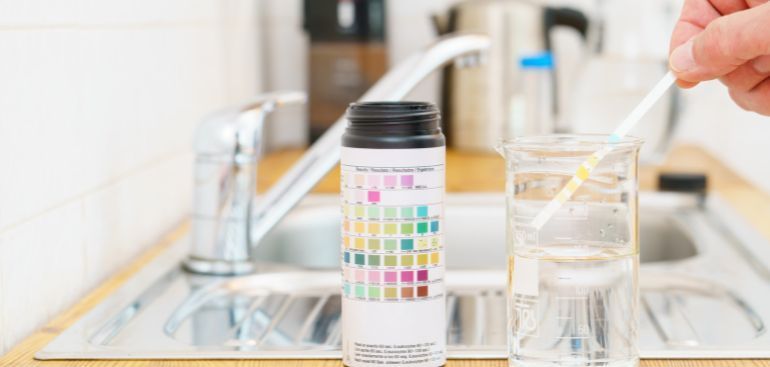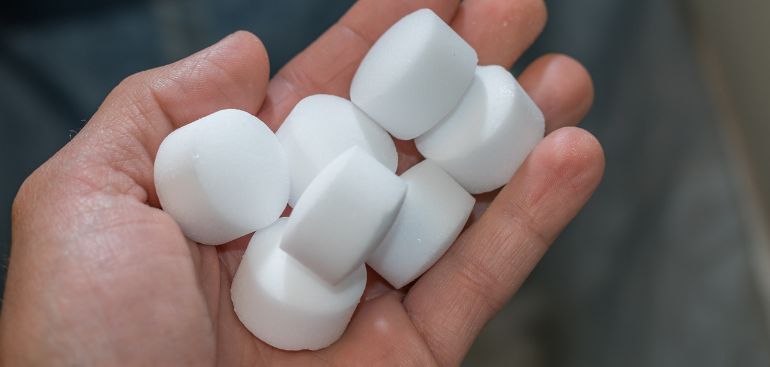Blog
Aesthetic Concerns with Water
Unregulated contaminants are addressed under EPA Secondary Standards and can be broken down into three categories: Aesthetic effects—undesirable tastes or odors; Cosmetic effects—effects which do not damage the body but are still undesirable; and Technical effects—damage to water equipment or reduced effectiveness of treatment for other contaminants. They are established only as guidelines to assist public water systems in managing their drinking water quality. These contaminants are not considered to present a risk to human health at the Secondary Standard level, but the recommended levels are useful guidelines for private wells.
http://water.epa.gov/drink/contaminants/secondarystandards.cfm#tabletop
In Northern New Mexico, the unregulated contaminants that cause the most concern, and their indications, are as follows:
- Chloride – taste
- Copper – blue-green staining
- Fluoride – tooth discoloration
- Iron – red stainng
- Manganese – often occurring with iron; black staining
- pH – troublesome if well below neutral 7.0 pH units (acidic) or if well above 7.0 (alkaline)
- Sulfate – may be a host for bacteria under certain conditions; “rotten” egg odor
- Total Dissolved Solids (TDS) – indicator of the overall water quality and includes minerals, salts, metals, cations (positively-charged ions) an anions (negatively-charged ions) dissolved in the water.
- Turbidity – clarity of water
- Although these contaminants are not known to have adverse health effects, this list encompasses contaminants for which residential consumers spend great amounts of money.
Hardness. Note that hardness is not regulated and there is no suggested EPA guideline for hardness.

The hardness scale illustrated above was established by the American Society of Agricultural Engineers and the Water Quality Association (WQA). https://www.wqa.org/Learn-About-Water/Perceptible-Issues/Scale-Deposits










